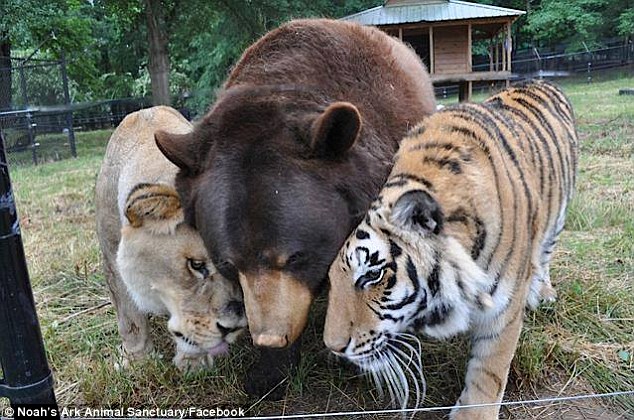The red-capped robin is undoubtedly a stunning bird, despite its size. It is a small passerine bird that appears chubby and fluffy, but it has a remarkable coat of vivid scarlet, black, and white. This bird’s beauty is so extraordinary that it is often referred to as the “jewel of the bush”.
The red-capped robin, also known as Petroica goodenovii, is a little bird that can be found in Australia. It’s well-known for its striking scarlet chest, which has earned it the nickname “jewel of the bush”. While males and females are around the same size, their physical characteristics differ greatly. The male has a bright scarlet cap and breast, complete with jet black upperparts, white shoulder bars, and a black tail with white tips. His belly and shoulder are almost entirely white, which helps his scarlet chest stand out even more.
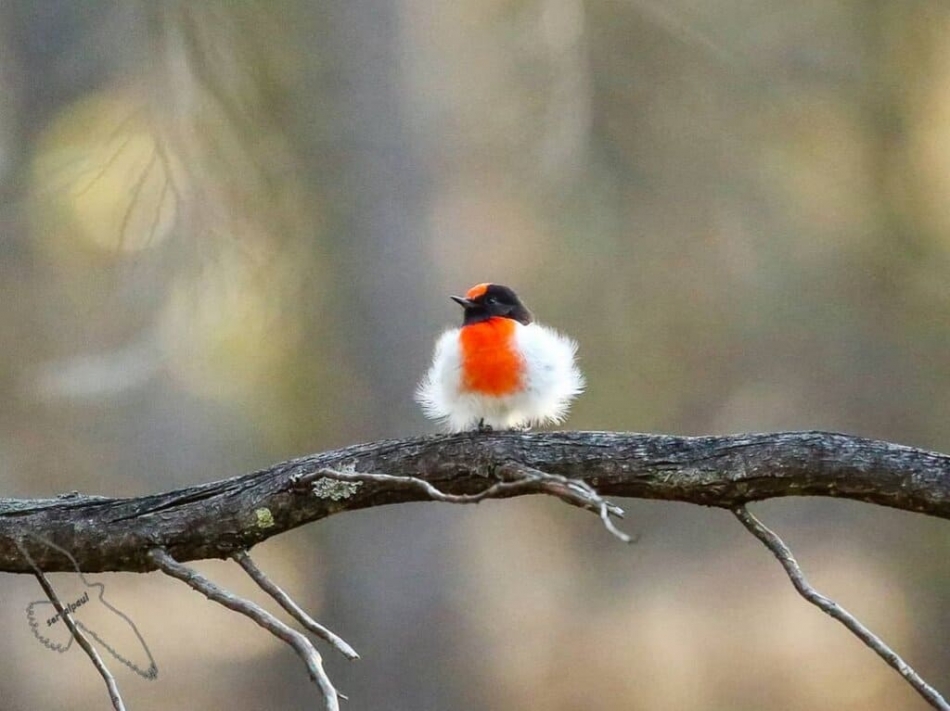
The color of the female bird is unremarkable, appearing as a dull grey-brown shade that has a hint of reddish hue on its crown. Though there are some female birds that have a slightly reddish tint on their breasts. Both male and female birds possess small black beaks, dark brown eyes, and legs.
Indigenous to Australia, the Red-capped Robin prefers living in drier regions of the country and can be spotted in bushy and scrub areas, as well as open woodlands. These birds mainly feed on insects and other tiny creatures like arthropods, with a significant portion of their diet consisting of beetles, while ants make up the rest according to a study.
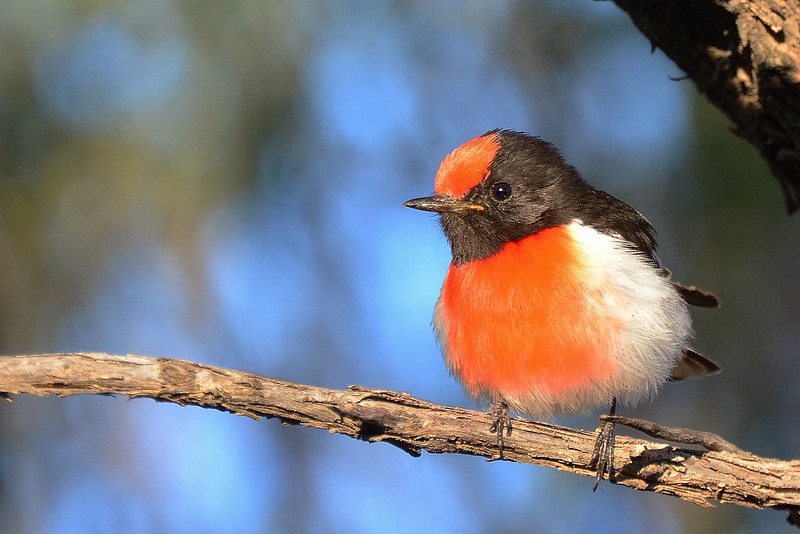
During the breeding period, which spans from August to January, the breeding pairs of this species can successfully raise up to three broods. However, such an occurrence is a rare sight. The male bird takes charge of suggesting suitable nesting sites to its partner by rubbing his body over various potential locations while continuously trilling. In some cases, the male may need to present several options before his partner ultimately makes up her mind on where to nest.
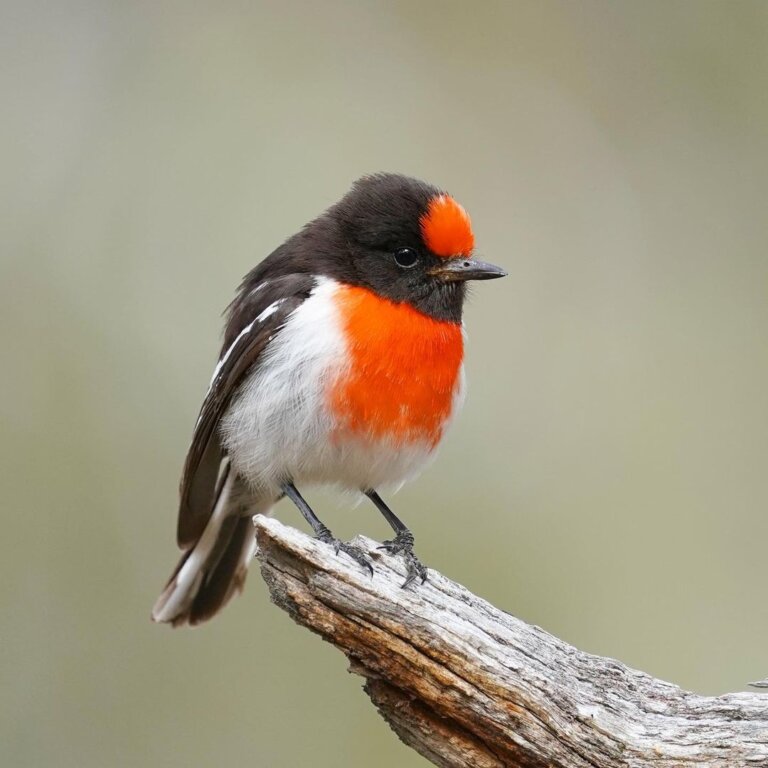
After selecting a suitable location, the female bird constructs her nest using a variety of materials such as dry grass, bark, feathers, spider webs, and fur. She may even add some lichen to help conceal it. Once completed, she lays two to three eggs that have white coloring with spots of dark grey-brown. The female takes sole responsibility for incubating the eggs until they hatch. However, once the chicks emerge, the male will assist in feeding them.
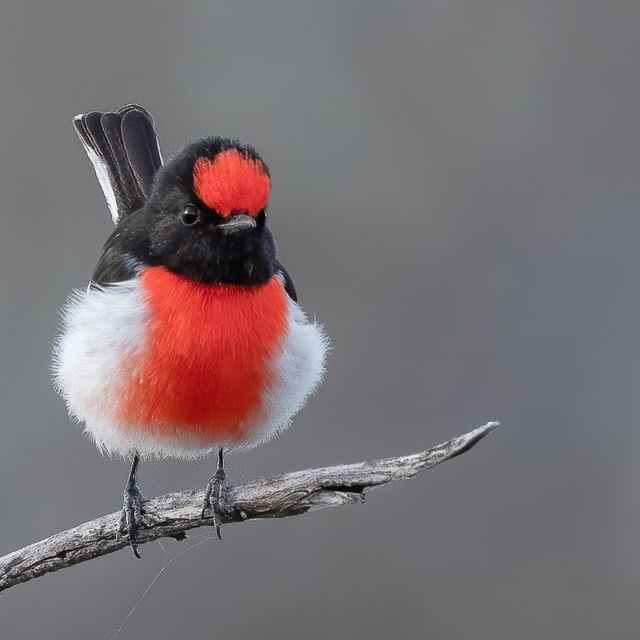
The Red-capped robin population has suffered greatly due to the loss of their natural habitat in various parts of Australia, including Sydney Basin, Rockhampton, and Western Australia. Additionally, the presence of feral cats and other birds has resulted in predation being the primary reason for nest failure. To get a closer look at this captivating small bird, check out the video below.




